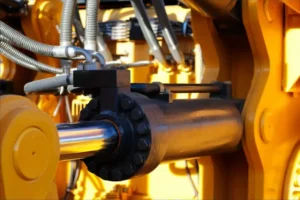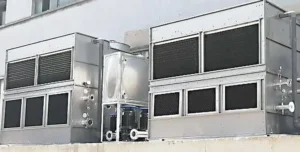দরিদ্র গোলককরণ ঢালাই একটি সাধারণ চ্যালেঞ্জ, significantly impacting the performance and quality of the final product. It is primarily characterized by irregular graphite shapes within the casting, preventing the formation of an ideal spheroidal structure. This issue is typically caused by several factors, including high sulfur content in the molten iron, excessive oxidation, or inadequate residual spheroidizing agents. To address poor Spheroidization, consider the following strategies:
- Optimize Raw Material Selection
Reduce Sulfur Content: Sulfur is a key factor that can negatively impact spheroidization. To minimize sulfur levels in the molten iron, opt for low-sulfur coke and fresh iron as raw materials. These low-sulfur options help reduce the overall sulfur content, enhancing the spheroidization process.
- Strengthen Smelting Process Control
Manage Heating Intensity and Material Levels: Proper control of heating intensity and material levels during smelting is crucial for minimizing oxidation. Excessive heating can lead to significant oxidation, which in turn reduces the effectiveness of the spheroidizing agent. অতিরিক্তভাবে, maintaining an appropriate material level helps limit direct exposure of molten iron to air, further reducing oxidation risks.
- Ensure Proper Spheroidizing Treatment Conditions
Accurately Control Temperature and Time: The spheroidizing process is critical for forming spheroidal graphite. To achieve optimal results, it’s essential to carefully control both the temperature and duration of the treatment. Inadequate temperature or insufficient time can result in incomplete spheroidization, while excessively high temperatures or prolonged treatment can cause adverse reactions. অতএব, it is important to set precise process parameters based on the specific spheroidizing agent and casting requirements.
Summary:
Addressing poor spheroidization in castings requires a multi-faceted approach involving raw material selection, smelting process control, and precise management of spheroidizing parameters. By using low-sulfur raw materials, optimizing the smelting process, and ensuring the correct temperature and time for spheroidizing, you can significantly improve the quality of spheroidization and, consequently, the overall performance and quality of your castings. It’s also important to adapt these measures to specific circumstances to achieve the best possible outcomes.







